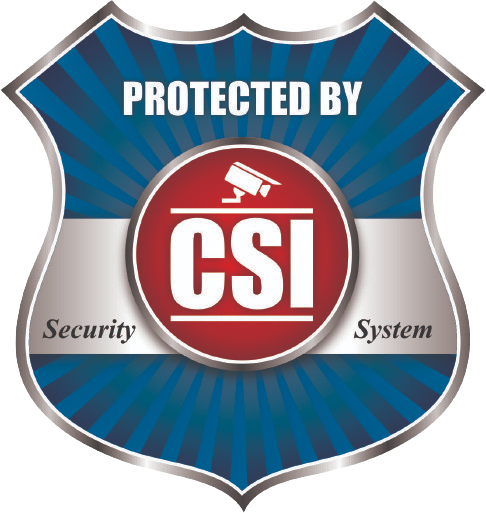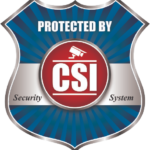Frequently Asked Questions
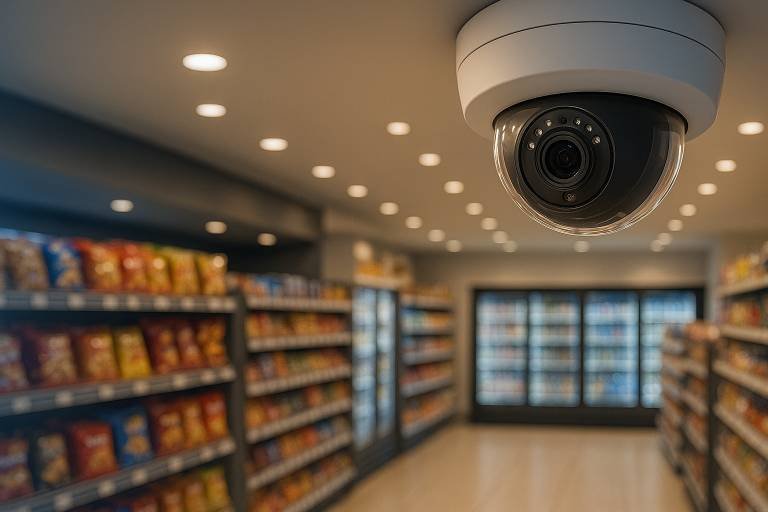
FAQ's For
CCTV Systems
Yes. CCTV systems provide 24/7 surveillance, deter theft, and help business owners monitor operations remotely.
We install analog, IP, and hybrid systems. Our expertise also covers AI-enabled CCTV and POS text overlay integration.
Yes, we repair cameras, DVRs/NVRs, and upgrade older systems to modern smartphone-accessible solutions.
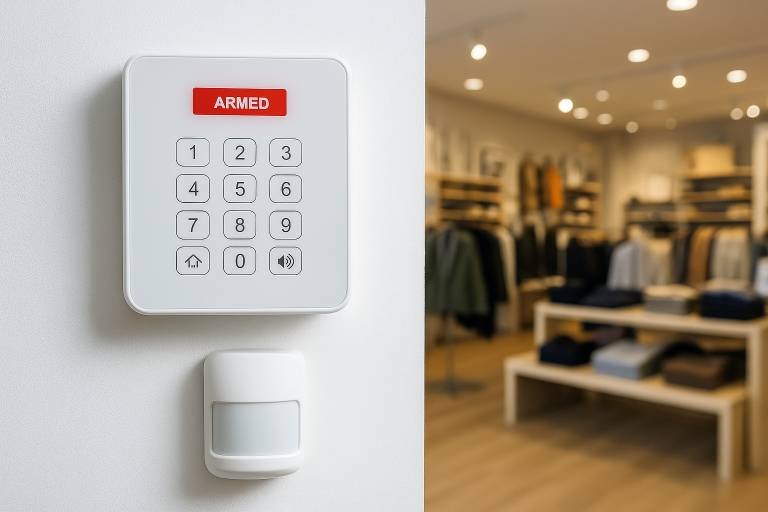
FAQ's For
Burglar Alarm Systems
Burglar alarms help deter theft, provide real-time alerts, and ensure peace of mind for business owners.
Systems typically include smart control panels, door/window sensors, glass break detectors, motion sensors, and panic buttons.
Yes. With smart alarm panels, you can arm, disarm, and monitor activity directly from your smartphone app.
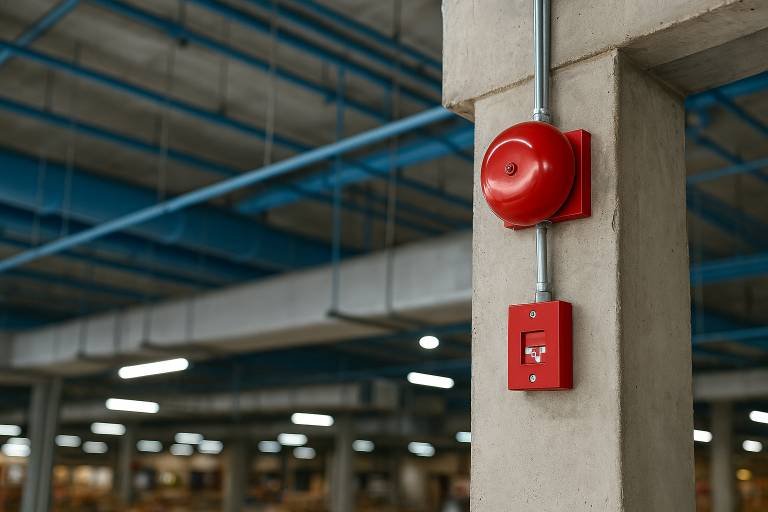
FAQ's For
Fire Alarm Systems
Absolutely. We assist with fire alarm plan submissions, inspections, and annual testing to stay compliant.

FAQ's For
Structured Cabling & WiFi
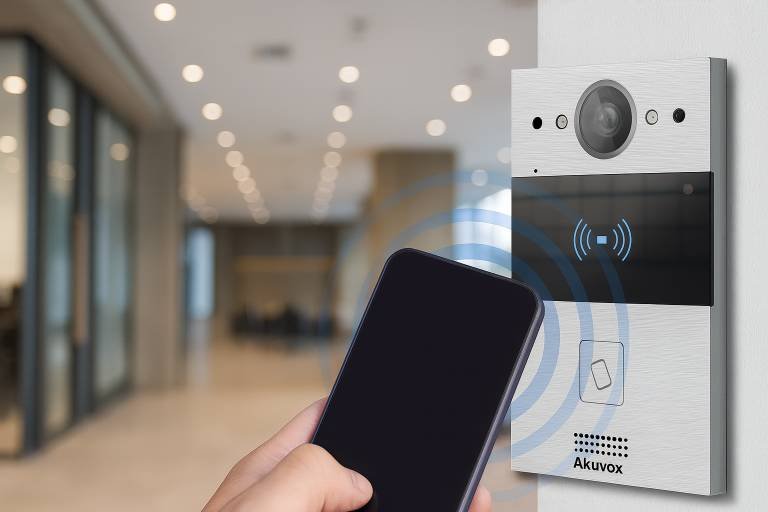
FAQ's For
Access Control Systems
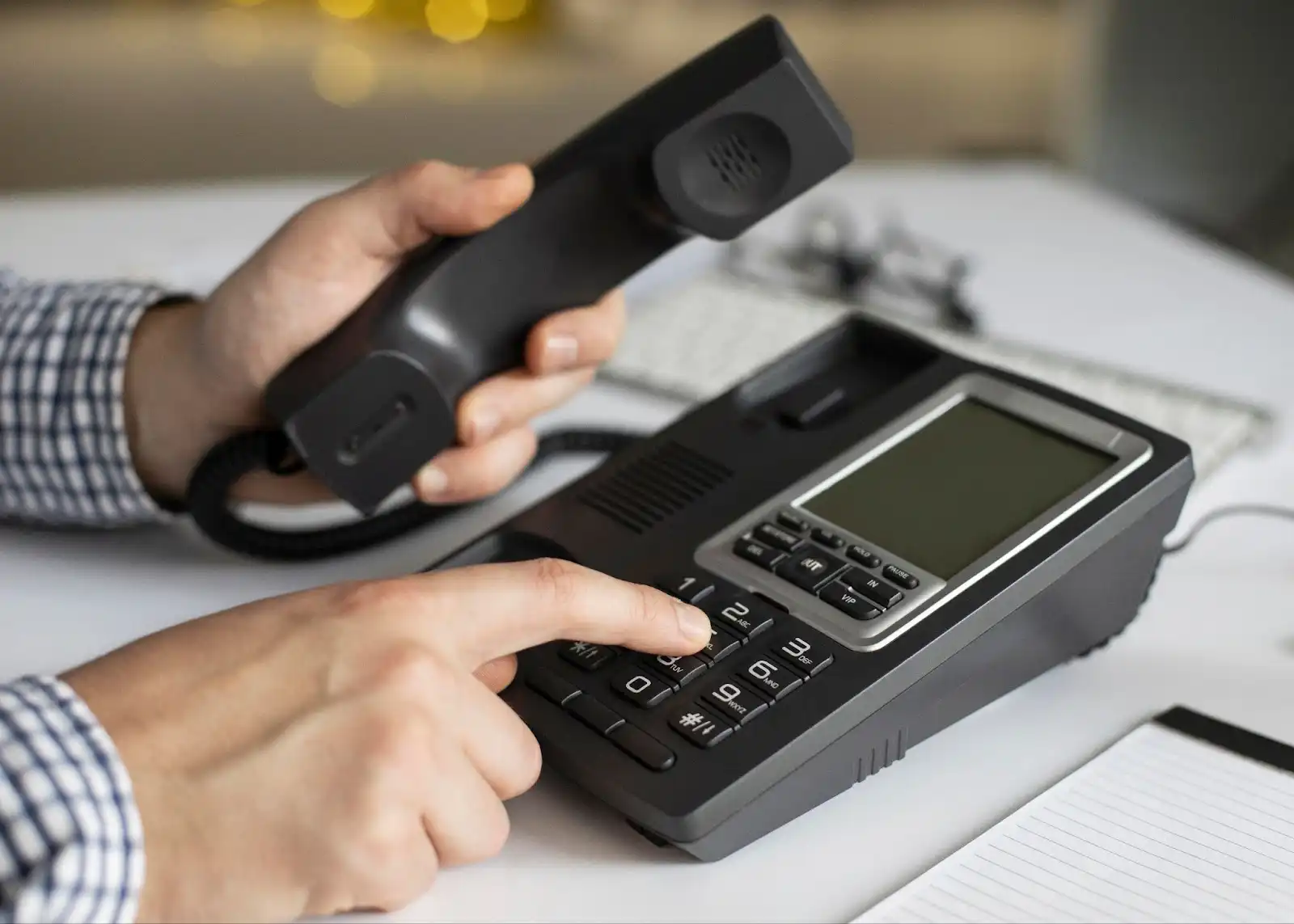
FAQ's For
VOIP Phone Systems
Yes. CSI Security installs Nextiva VOIP systems, designed for small and growing businesses.
Yes. We ensure your team understands how to use VOIP features and provide ongoing support.
